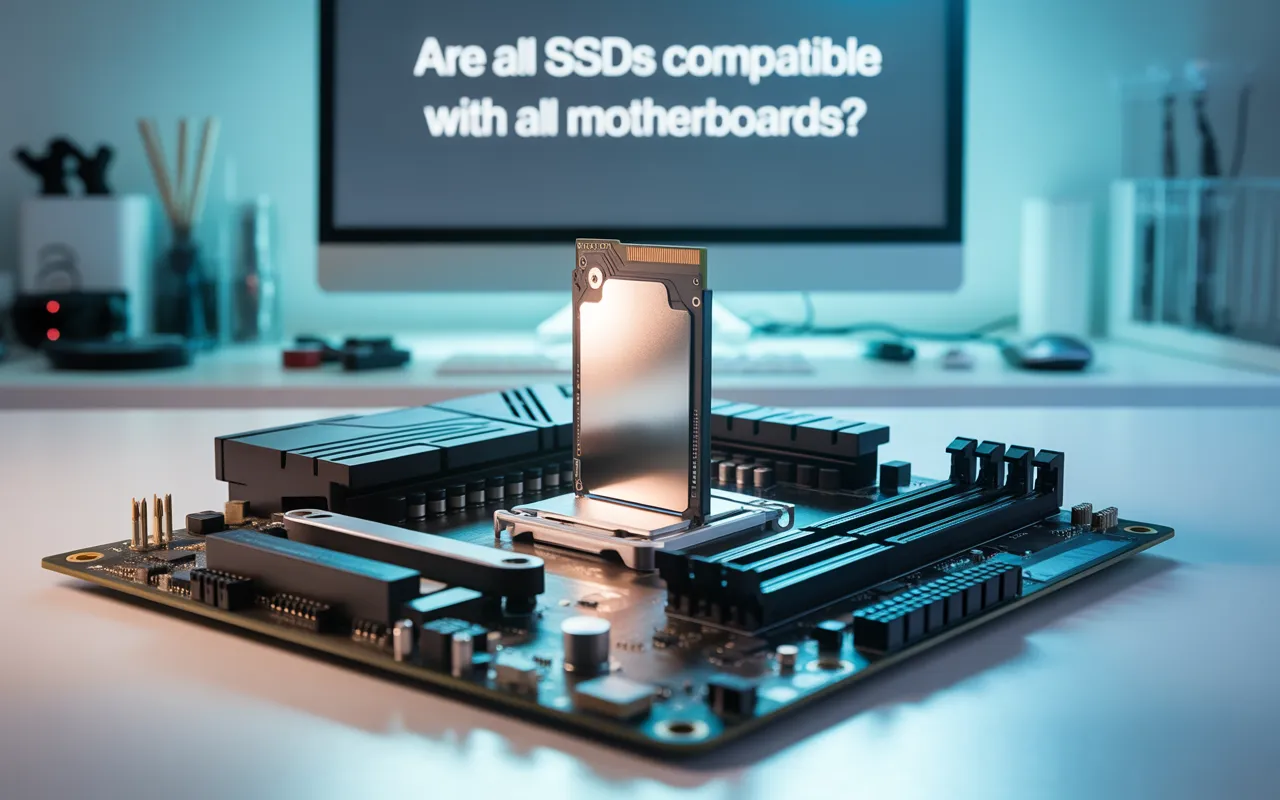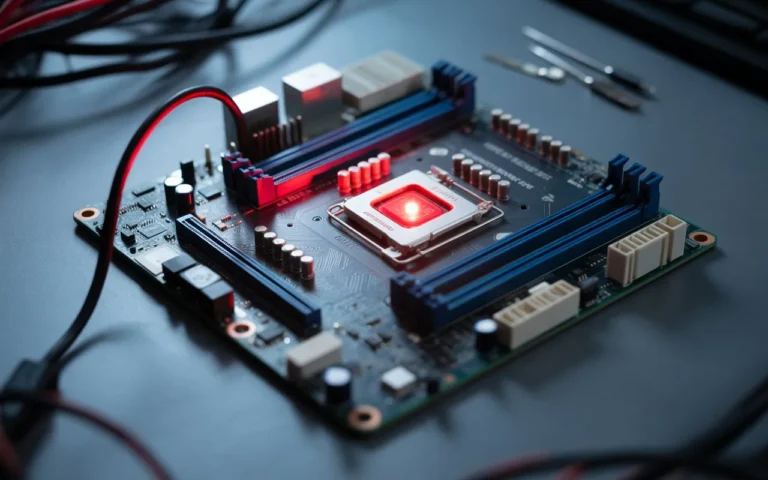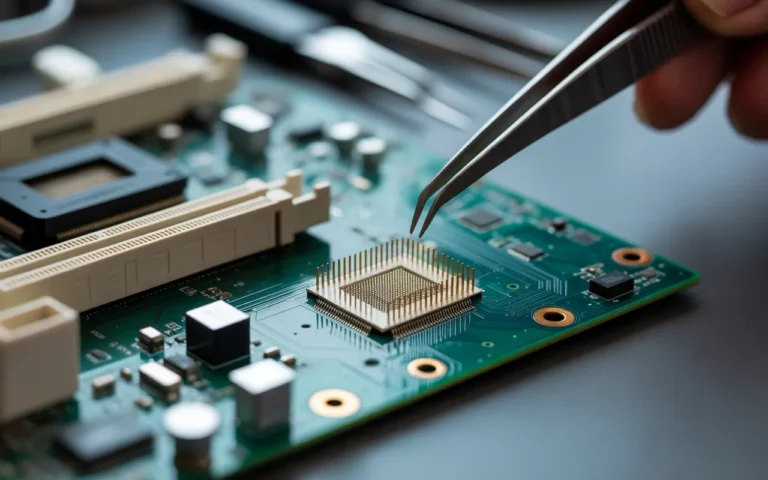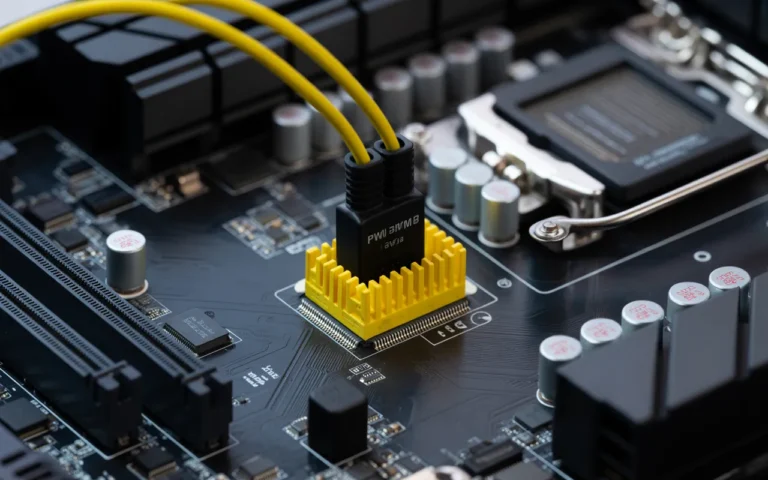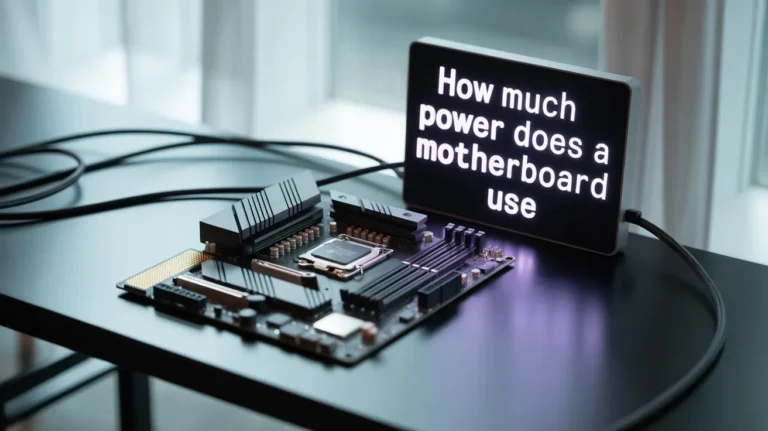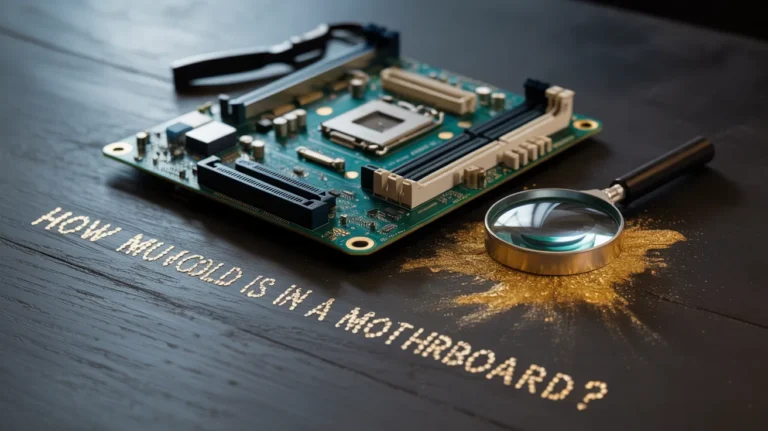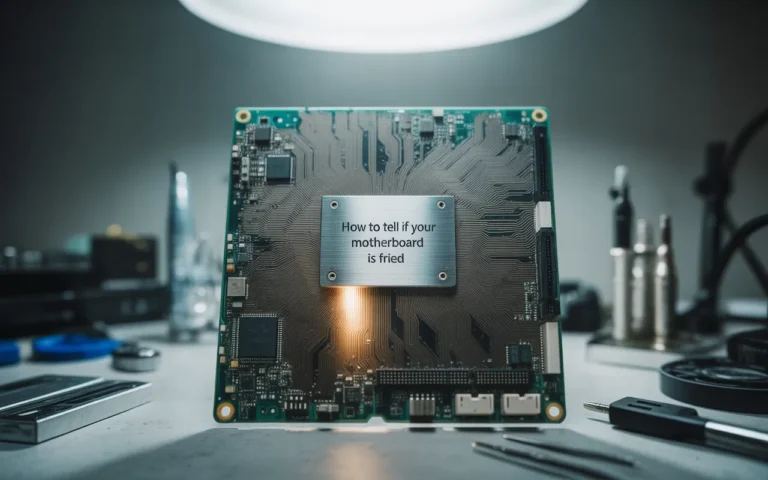Are All SSDs Compatible with All Motherboards? – Guide 2025!
The question that should always be asked when upgrading the storage of your computer is, is it true that all SSDs are compatible with all motherboards? Although SSDs have revolutionized storage with their fast speed and performance, not all SSDs are compatible with all motherboards. Every form of SSD compatibility is different, whether it is SATA, NVMe, or an M.2 drive; each has specific compatibility requirements. To avoid potential issues, it is essential to understand the motherboard’s compatibility with the type of SSD, interface, form factor, and BIOS.
In the current article, we will guide you through factors that define SSD and motherboard compatibility as well as help you choose the most appropriate storage to cater to your needs.
Types of SSD Understanding:
Different types of SSDs have distinct characteristics and perform differently. The type of SSD that is compatible with your motherboard should be known before you purchase this type of SSD.
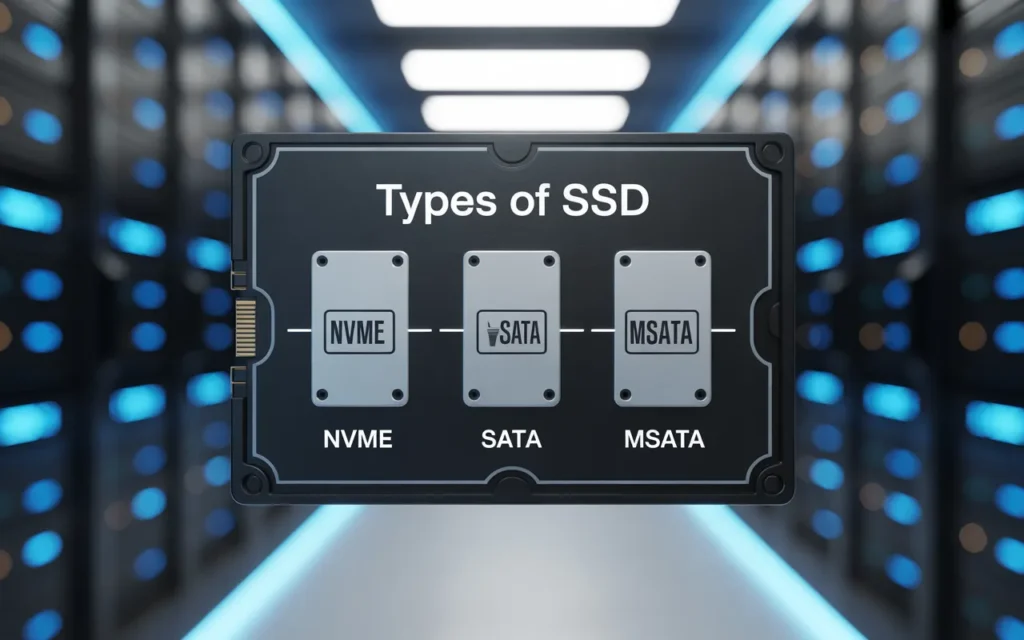
SATA SSDs: The most common kind, and almost every motherboard based on a SATA standard will accept them. They have lower speeds than newer forms of SSD but are still significantly faster than traditional hard drives.
NVMe SSDs: These are very quick and utilize the PCIe interface. Not all motherboards do, though, support NVMe. To operate at the maximum speed, they will require a motherboard with an M.2 PCIe slot.
M.2 SSDs: These SSDs are small form factor devices capable of supporting SATA or PCIe. Motherboards nee
Which SSD Should You Choose?
Depending on your needs, the best SSD type for you will vary:
| SSD Type | Speed | Compatibility | Use Case |
| SATA SSD | Medium | High | Budget upgrade, general use |
| NVMe SSD | High | Medium | High-performance tasks, gaming |
| M.2 SSD | Varies | Medium to Low | Compact build, mixed use |
Motherboard Interfaces and Compatibility:
The interface type of your motherboard determines the kind of SSD you can use. Now, let’s examine the effects of various interfaces on compatibility.
Kinds of Interfaces:
SATA: SATA SSDs should fit in most motherboards that have SATA ports. These are slower, yet they are cheap and suitable for regular computer work.
PCIe (NVMe): Prefer PCIe if you’re a speed freak. NVMe SSDs utilize this interface to enable faster read and write speeds. Not every motherboard, though, supports NVMe.
M.2: SATA and NVMe connections can also be plugged into an M.2 slot on a motherboard. To achieve the highest speed, it is always beneficial to ensure that your motherboard has a dedicated PCIe M.2 slot.
Compatibility Issues:
M.2 slots are not all the same. Some work with SATA SSDs and NVMe SSDs. It is essential to consult your motherboard’s manual to determine which M.2 SSD is compatible with your motherboard.
The primary considerations that influence the compatibility of SSDs are key factors that affect SSD compatibility.
There are several factors that affect the compatibility between your SSD and motherboard. Some of the most important things to discuss.
Compatibility Considerations:
Form Factor: Ensure the SSD can be inserted into the correct slot on your motherboard. For example, an M.2 or SSD requires an M.2 slot.
Type of Interface: The SSD pick will require a compatible interface (SATA, PCIe) with your motherboard to function correctly.
BIOS/UEFI: Older motherboards may require a BIOS update to support NVMe SSDs. Compatibility of firmware must always be ensured.
Speed: Check if your motherboard supports the speed of your SSD. If you have a motherboard that can only handle SATA speeds, it will not be able to utilize the full power of an NVMe SSD.
Read Also: How to Enter BIOS on ASRock Motherboard – Full Guide 2025!
Important Factors to Check:
| Factor | Impact |
| Form Factor | Ensures the SSD physically fits |
| Interface Type | Affects speed and performance |
| BIOS/UEFI | Necessary for compatibility with newer SSDs |
| Power Supply | Some high-performance SSDs require more power |
How to install an SSD:
Now that you understand what compatibility is, let’s explore how to install an SSD.
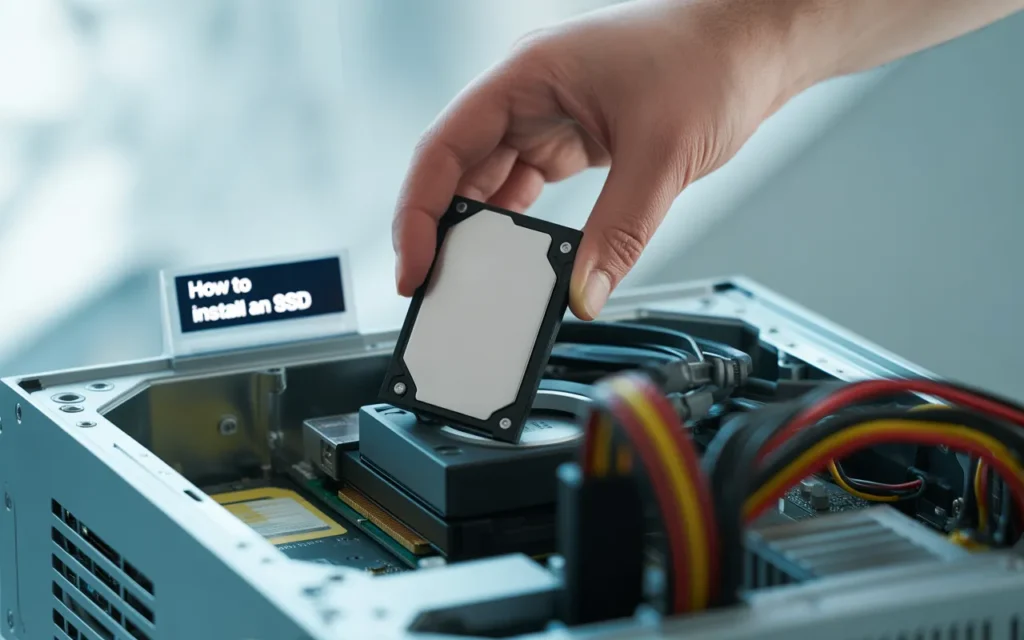
Installation of Your SSD Step by Step:
Location of SSD: Install the SSD in the designated area within your computer case. Clamp it or screw it down where necessary.
Connect the Power Supply: For SATA SSDs, connect the SATA power cable from the power supply to the SSDs. A power cable is unnecessary for M.2 SSDs.
Default Data Cable: Connect the motherboard to the SATA SSD using a SATA cable. For M.2 SSDs, simply insert the drive into the M.2 slot.
Turn On and Set: Turn on your computer and enter the BIOS or UEFI. Make sure that your SSD is recognized and that it is your first boot-up device when required.
Test SSD: After installing, test it to make sure that your SSD has been installed correctly by testing read and write speed and testing all functions.
Also Read: How Much Power Consumption of Motherboard – Full Guide 2025!
Widespread Compatibility Problems with Solutions:
When installing a new SSD, it is not uncommon to encounter specific compatibility issues. These are some of the problems you can discover, along with their solutions.

Common Issues:
SSD Not Detected: If your SSD is not detected, recheck the power source cords and data cables. The BIOS version should also be checked.
Wrong Slot: If the M.2 slot is incompatible, ensure you have used the correct slot, either NVMe or SATA SSD.
Speed Throttling: If your NVMe SSD is sluggish, ensure that your motherboard has the requisite PCIe lanes to allow it to run at full speed.
Troubleshooting Tips:
In case you have troubles, this is how you can troubleshoot:
Update BIOS/UEFI: This plays a significant role in receiving updated SSD support.
Re-check Connections: Recheck all wires and cables to ensure they are correctly connected.
Motherboard Testing: Ensure that your motherboard is compatible with the kind of solid-state drive interface.
The Compatibility of SSDs with Motherboards:
Several factors, including interface type, form factor, and BIOS compatibility, determine the level of compatibility between an SSD and the motherboard.
Compatibility Checklist:
Do not forget to check before purchasing an SSD.
Type of Interface: Does your motherboard support SATA or PCIe for NVMe SSDs?
BIOS/UEFI: Is the firmware of your motherboard up to date to support NVMe SSDs?
Form Factor: Is your motherboard compatible with the M.2 slot?
| Check | Importance |
| Interface Type | Ensures the SSD works at its full speed |
| BIOS/UEFI Update | Necessary for NVMe SSDs |
| Form Factor | Make sure the SSD fits the slot |
Other Compatibility Reasons of SSD:
Some other parameters that may influence the compatibility include power supply and temperature control.
Cooling and Power Supply:
Power Supply: Depending on what model you are upgrading to, some of the higher-performance SSDs will need more power than your motherboard might have, and it is important to check this before upgrading.
Thermal Management: NVMe SSDs also heat up, and without sufficient cooling, they may act to reduce performance. Make sure your motherboard contains a cooling solution, e.g., heatsinks for M.2 slots.
Future-Proofing:
In case you intend to upgrade your system in the future, ensure that the SSD you purchase can be upgraded alongside the motherboard.
Conclusion:
The efficient operation of the SSD should be chosen correctly and correspond to the structure of your motherboard. You should not have issues with compatibility when you use SSD types by checking that you have the right interface and making sure your motherboard can be used with SSD. Whenever you need the latest compatibility charts, refer to your motherboard manual, and whenever there is a discrepancy, consider updating the BIOS.
FAQs:
- Do I know if my SSD is compatible with my motherboard?
Check your motherboard’s manual for interface and form factor specifications. - What tools do I need to connect an SSD to a motherboard?
A screwdriver, SATA cables, and power cables are needed for most installs. - What should I do if the SSD is not detected?
Update your BIOS, check connections, and make sure your motherboard supports your SSD type. - Can I install an NVMe SSD on an older motherboard?
It depends on whether the motherboard has an M.2 PCIe slot and supports NVMe.
5.What should I do if the SSD isn’t working after installation?
Troubleshoot by checking power supply connections, cables, and ensuring BIOS/UEFI settings are correct.

